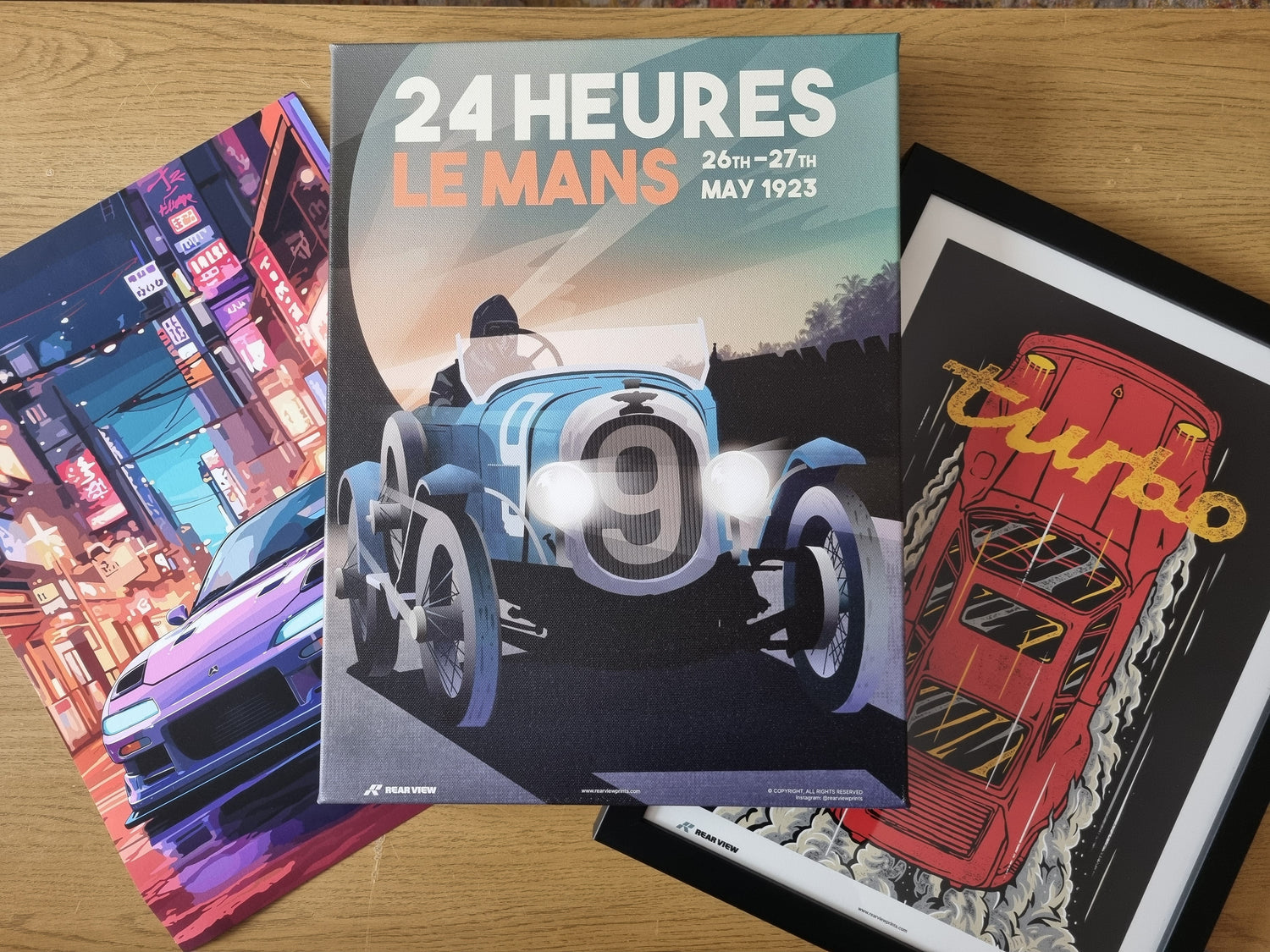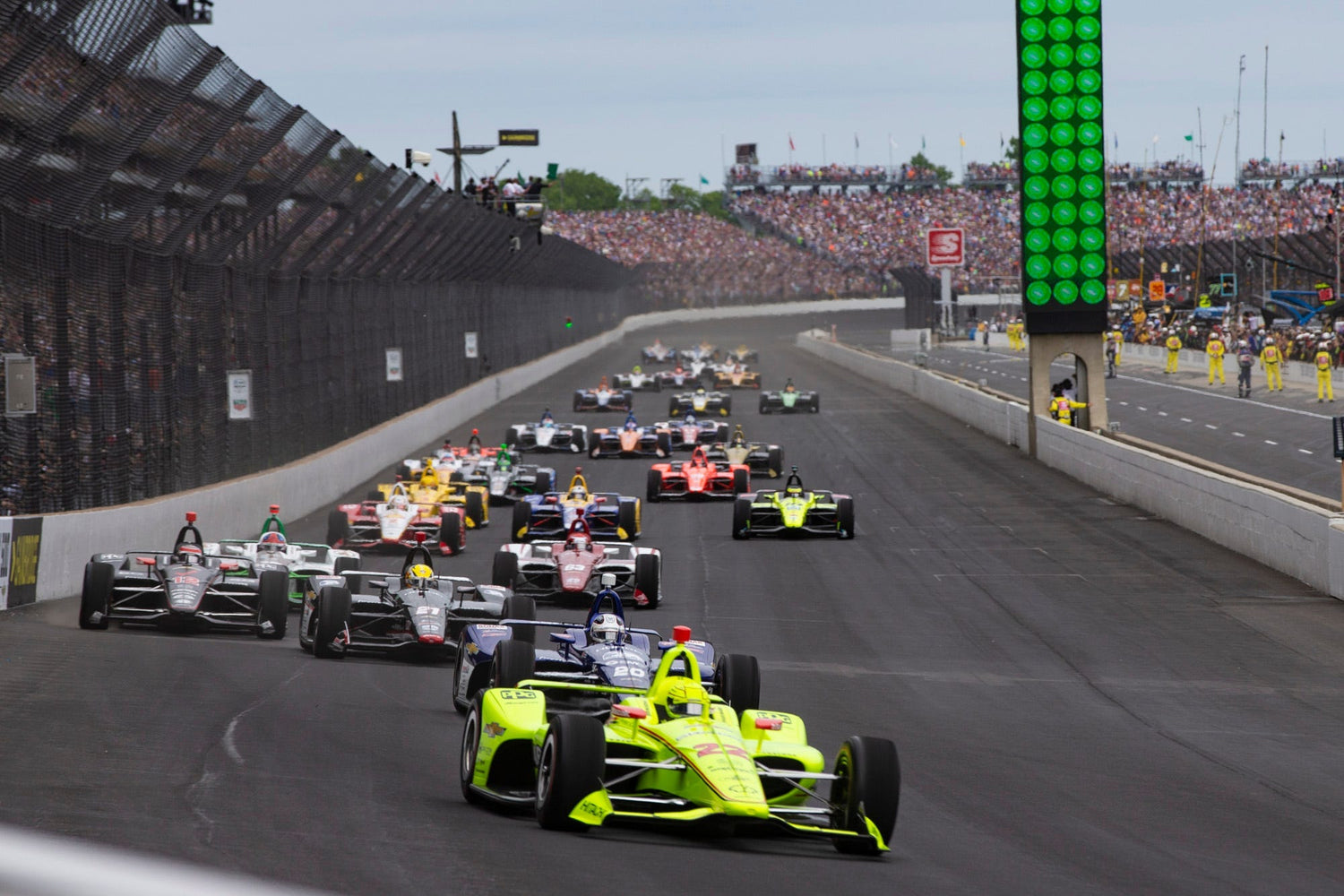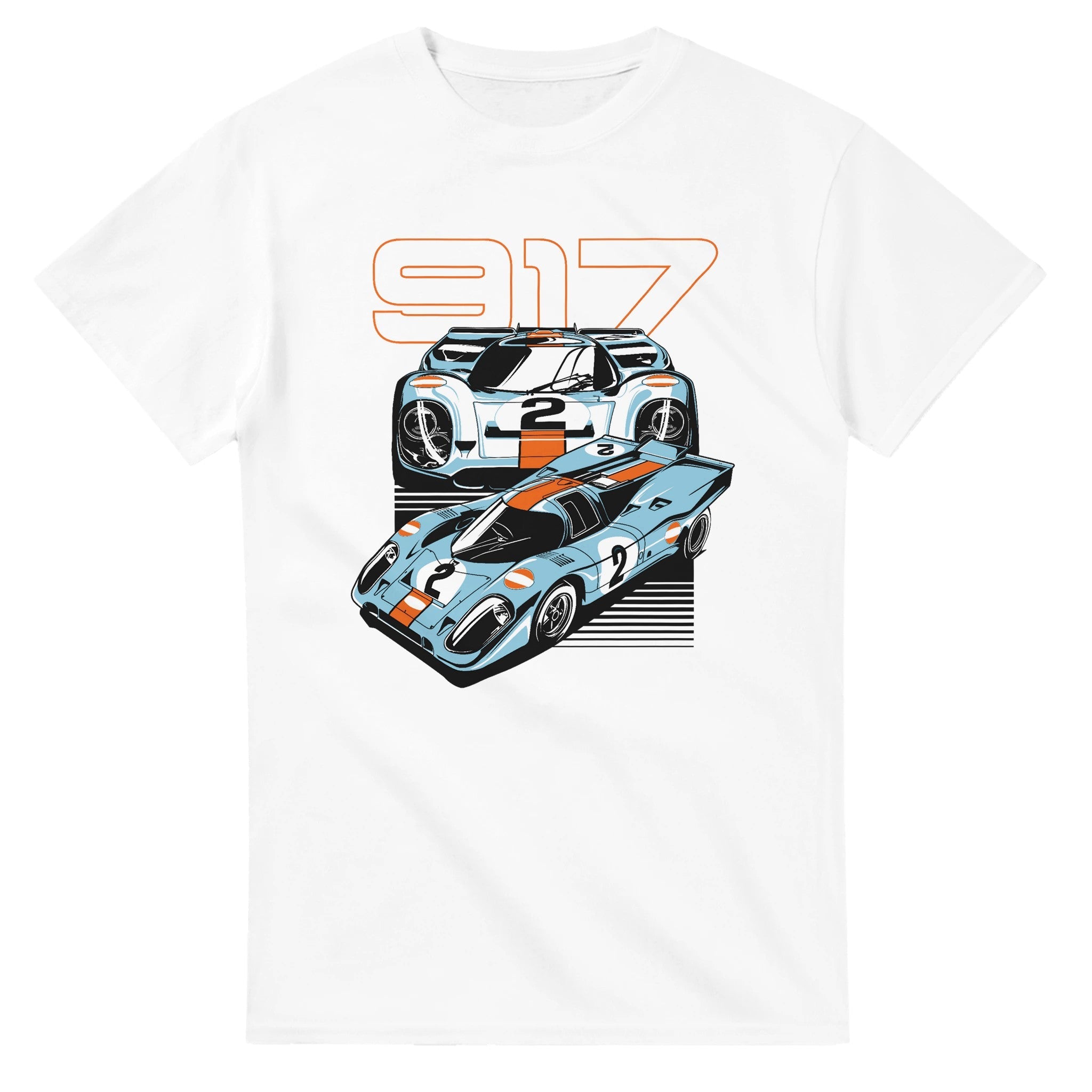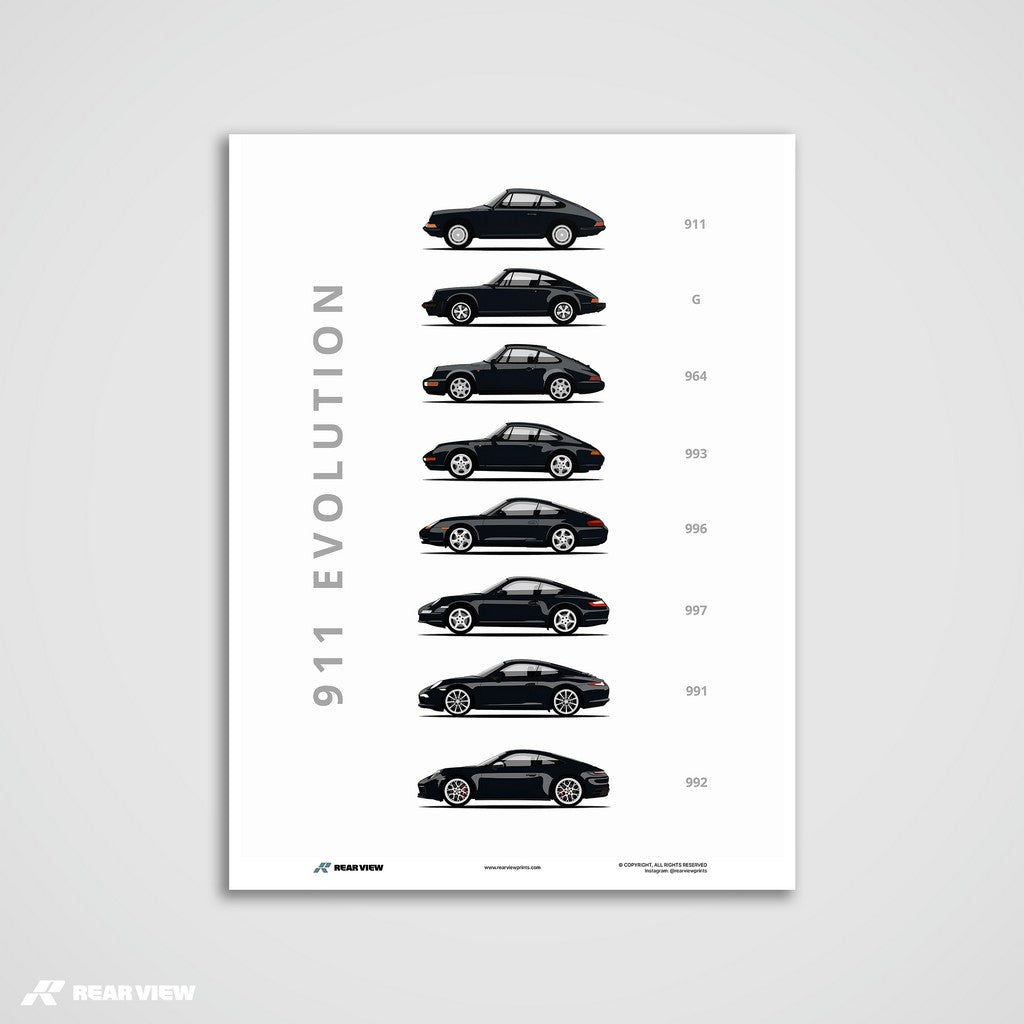Introducing Rear View Print's Ultimate Track Guide. This week we are examining one of the most famous tracks of all time; the Circuit De Monaco.
Each entry we'll be taking a look at a different track in F1 and motorsport history, with every blog post accompanied by a snazzy looking infographic containing key stats and facts you can gather at a moment's glance.

Make sure you share the infographic around as well as the blog post if you like it!
Introduction to the Circuit De Monaco
Glitz. Glamour. High stakes. Fast Cars. Beautiful women. There is honestly very few sporting venues like the Circuit De Monaco in the world and it’s not difficult to see why. A unique location like Monaco is likely to give birth to some special and decidedly different locales and events. The Monaco Grand Prix at the Circuit De Monaco is certainly no exception.
Despite being one of the shortest and slowest circuits currently being driven on in the F1 calendar, it remains a firm fan and driver favourite. Being a street circuit that runs through the beautiful and exclusive twists and turns of Monte Carlo, it’s clear to see why it’s remained a staple in motorsport since the 1950s and likely will for many years to come.
In the present day the Circuit De Monaco is used also use to host the Formula E Monaco ePrix and Historic Grand Prix of Monaco, depending on whether it is an odd or even year.
Of course, the main event remains the Formula One Monaco Grand Prix and that’s what we will be focusing on here for this guide. The track itself is characterised as tight, twisty and sometimes unforgiving.
Due to this, it’s often considered the best test of an F1 driver’s skill. The power of the cars themselves matter very little due to the course being more slow and methodically testing.
History of the Circuit De Monaco
The original idea for a Monaco Grand Prix came from Antony Noghe, who was the president of Automobile Club de Monaco. Due to his close ties to the ruling family at the time, The Grimaldis, his vision became a reality and the inaugural race was held in 1929. William Grover Williams was crowned winner while driving a Bugatti.
The first world championship race was held in 1950 and won by Juan Manuel Fangio. The race didn’t take place again until 1955, but has been a permanent fixture on the F1 calendar since. There was a brief controversy in 1972, in which the organisers of the event had a dispute with Bernie Ecclestone over the amount of entrants allowed to compete.
The original number was 16, but Ecclestone wanted to guarantee at least 18. Eventually the organisers relented and Bernie would have his way.
Early iterations of the Circuit De Monaco in particular have always had a reputation of being dangerous, these fears have sadly been validated by the deaths of 4 drivers, including most famously Lorenzo Baldini on the 7th of May 1976, who died from third degree burns suffered from a ruptured fuel tank that had hit straw bales and then ignited.
In response to the accident, straw bales were promptly banned from future F1 racing and an extended guard rail was put in place instead.
Most Successful Drivers on the Circuit De Monaco
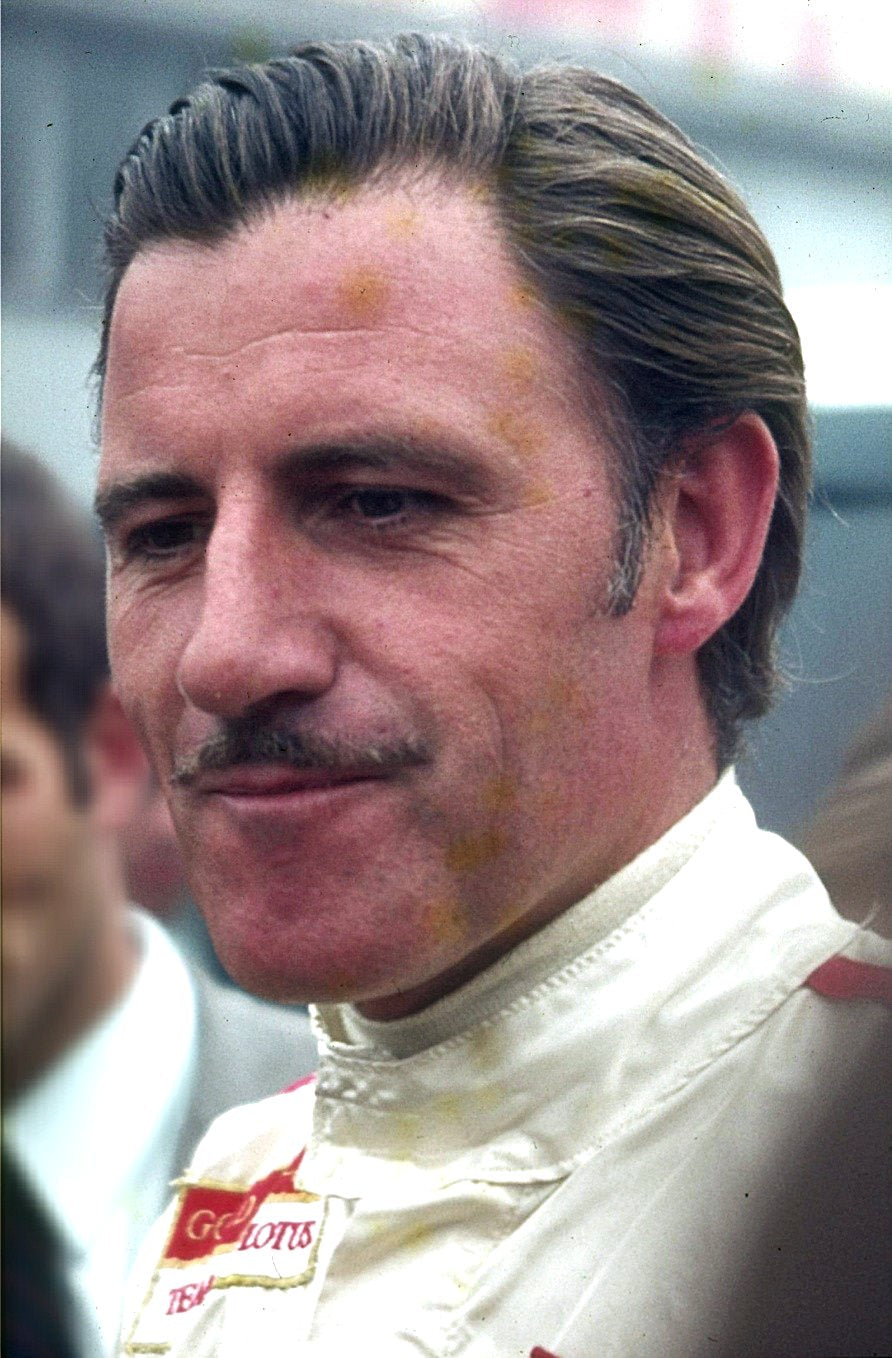
Graham Hill. Wins: 5, Podiums: 7, Pole Positions: 2
Graham Hill was so successful on the streets of Monte Carlo in fact that he actually earned the moniker “Mr. Monaco”.
Hill conquered the Circuit De Monaco a total of 5 times, with his first win coming at the wheel of a BRM in 1963 and his final triumph there in 1969, which also would sadly be his last grand prix win.
His final triumph on the Circuit De Monaco was made even more special by the fact as a driver he was very much past his prime and was driving an uncompetitive car.
Hill’s fantastic record 5 wins would remain intact until 1993, where it would take a truly special talent in Ayrton Senna to beat it by 1 win. Despite this, he is still the only driver in motorsport history to attain the coveted ‘triple crown’.
This had been earned by winning the Indy 500, Le Mans and either the Monaco Grand Prix or the Formula One Drivers’ Championship. In spectacular Mr. Monaco fashion, Hill had managed both. A true legend on the streets of Monte Carlo.
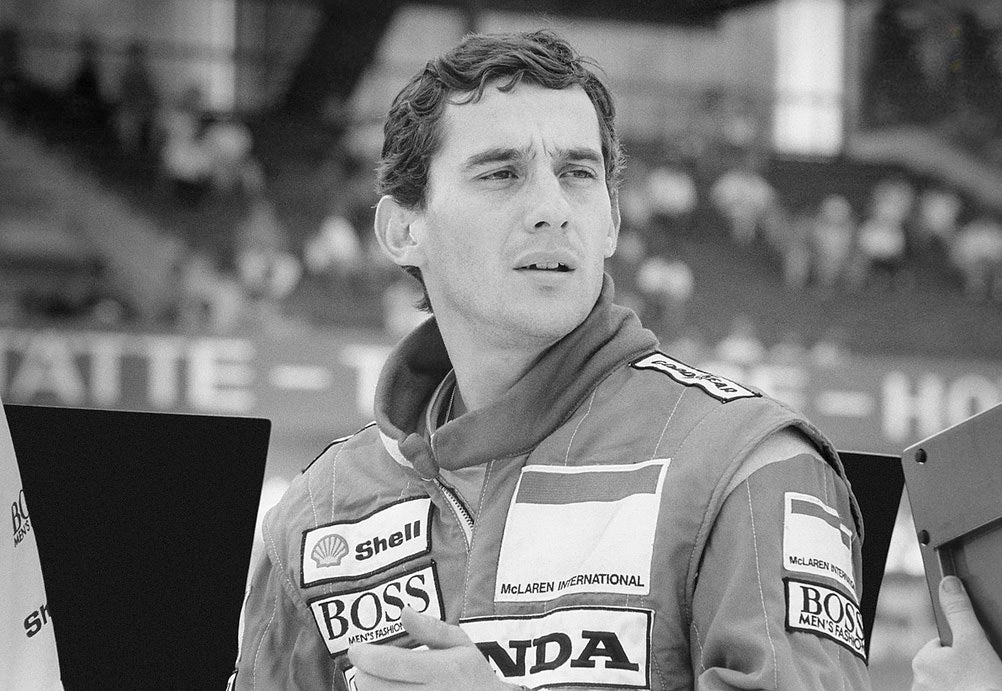
Ayrton Senna. Wins: 6, Podiums: 8, Pole Positions: 5
After Graham Hill’s dominant years on the Circuit De Monaco you’d be forgiven for thinking it might take a while for his achievements to be matched, much less beaten.
The motorsport world was of course not expecting a talent like Ayrton Senna to hit the circuits. The Brazilian maestro’s first real introduction to the world of F1 and his first ever podium came at the 1984 Monaco Grand Prix.
Taking on notoriously treacherous wet weather conditions, Senna qualified in 13th but managed to slowly and methodically climb through the Circuit De Monaco eventually overtaking Niki Lauda for second place on the 19th lap.
Continuing to shock and awe onlookers, he soon closed the gap on race leader Alain Prost. However, before he could start an attack on the French leader and go for glory, the race was stopped for safety reasons due to even heavier rain.
Not to matter though, as Senna went on to attain and hold the current day record of 6 Monaco Grand Prix wins, with 5 of them coming consecutively.
Amongst the glory at Circuit De Monaco included his first win in 1987 in his final year with Lotus, and his stunning defensive display against Nigel Mansell in 1992, in which he battled on old rubber to stop the British Lion from taking his sixth consecutive win of the season.
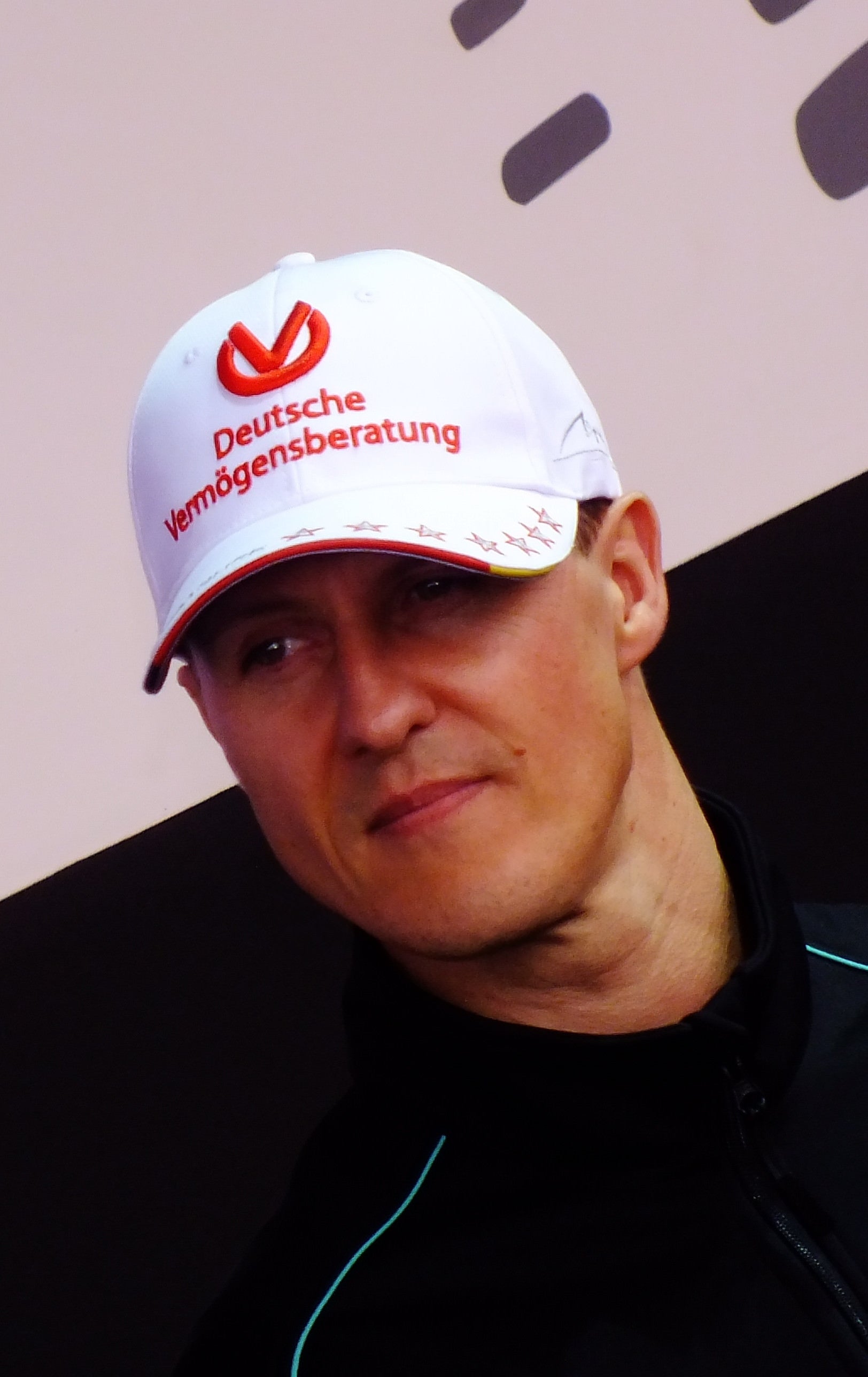
Michael Schumacher. Wins: 5, Podiums: 7, Pole Positions: 2
Interestingly enough, despite the Red Baron’s well documented dominance and record on the Circuit De Monaco and Monaco Grand Prix, it was what went wrong for him that would prove to be most memorable throughout his career on the streets of Monte Carlo. Schumacher managed 5 wins, 7 podium placements and 2 pole positions, but it could have been so much more.
In 2006 he was relegated to the rear of the field for deliberately blocking the track. In 2004 he was involved in a collision with Juan Pablo Montoya that meant he could only manage 5th place.
So what about the times that went right for him? Well, again, ignoring his obvious achievements it’s something else that catches F1 fans attention when discussing the German’s brilliance.
At 43 and well past his prime, Schumacher managed pole position on the Circuit De Monaco in 2012. A true testament to his expert driving abilities and legendary skill on the circuit.
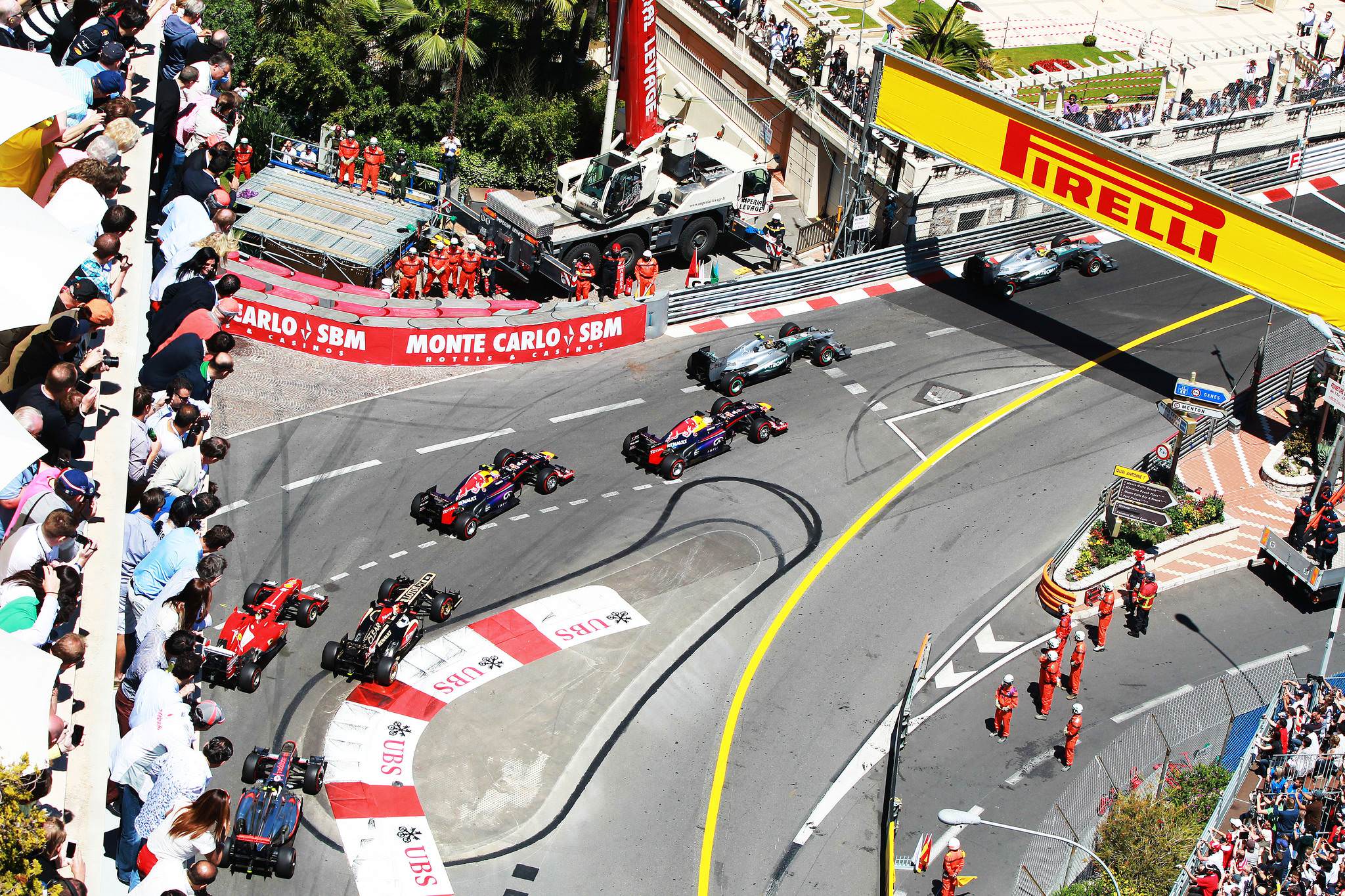
Circuit De Monaco/Monaco Grand Prix’s Most Famous Races
1984 Monaco GP: Introduction of a Legend
- Alain Prost - McLaren-TAG
- Ayrton Senna - Toleman-Hart
- René Arnoux - Ferrari
Although he only managed second place, it was Ayrton Senna that was the true star of the 1984 Monaco Grand Prix. Coming in as a relative unknown driver and taking on board a very uncompetitive car; Senna managed to battle through the rain drenched streets of Monte Carlo from 13th all the way until a disputed first place, where the race was stopped due to worsening conditions.
The prowess and skill Senna showed in this race would go on to become legendary trademarks of his drivers skillset, becoming a wet weather master and of course one of the greatest F1 drivers to ever live.
1992 Monaco GP: It’s Senna..Again!
- Ayrton Senna - McLaren-Honda
- Nigel Mansell - Williams-Renault
- Riccardo Patrese - Williams-Renault
It’s easy to see why Ayrton Senna’s name would become synonymous with the Circuit De Monaco and Monaco GP, isn’t it?
Featuring an extraordinary defensive masterclass from the Brazilian legend Senna, he bitterly fought off Williams-Renault’s Nigel Mansell from pole position to claim eventual victory and stop the British Lion from securing his sixth consecutive win that season.
1996 Monaco GP: Wet Weather Mayhem
- Olivier Panis - Ligier-Mugen-Honda
- David Coulthard - McLaren Mercedes
- Johnny Herbert - Sauber-Ford
This race would be one for the history books on the Circuit De Monaco, but not for the conventional reasons you might think.
Horrific wet weather ensured that some bonkers records were set that day that still haven’t been broken; most notably the least amount of cars to finish - three! As of today in 2018, this is still the most recent race won by a French driver.
Although “won” might be putting it too kindly. The race never saw its end and eventually the 2 hour time limit left only 4 drivers on the track: Oliver Panis, David Coulthard, Johnny Herbert and Heinz-Harald Frentzen. The German decided to pull into the pits on the penultimate lap, leaving the final three to finish.

Circuit De Monaco: In the Driver’s Words
“Monaco is a classic race, unique in that the track surface and the demands from the car are completely different from anywhere else.”
Damon Hill
“Winning at Monaco feels unbelievable, because it's such a special race and it's also my home race. My first memories were of watching Ayrton Senna here with his yellow helmet, and one day dreaming to win the Monaco GP.”Nico Rosberg
Nico Rosberg
“People might not know, but F1 drivers have new helmets made throughout the season. Usually, the design is the same, but I like to do something special for Monaco.”
Lewis Hamilton
“There is no such thing as a low-risk lap in Monaco. It doesn't exist. If you want to be fast, you have to be on the limit…”
Max Verstappen
“Racing at Monaco is like trying to cycle around your living room"
Nelson Piquet
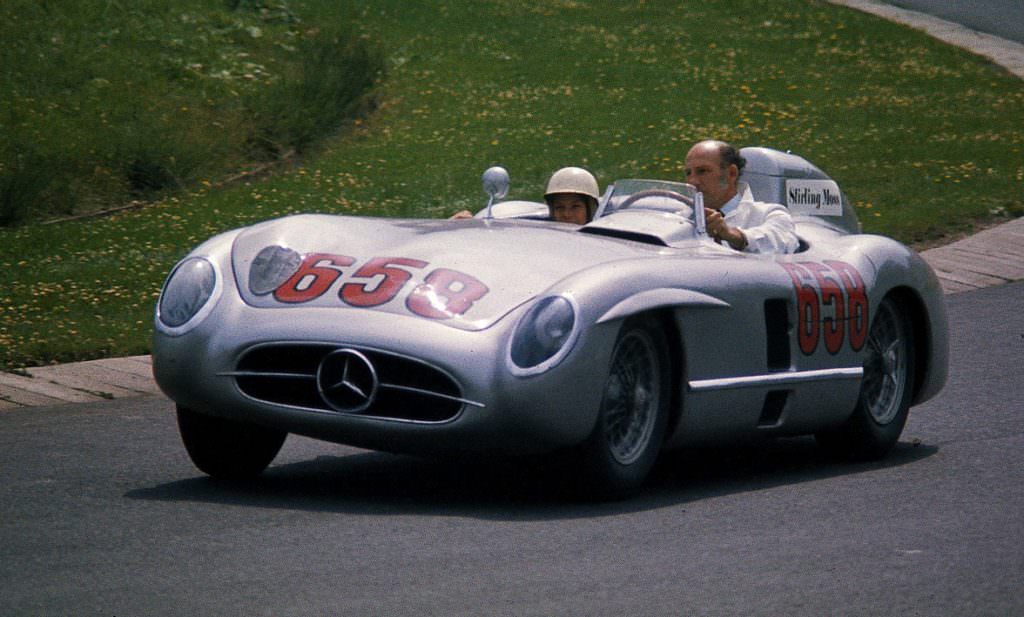
Circuit De Monaco Trivia
F1 legend Stirling Moss once remarked that he had been able to “woo a piece of crumpet” while driving in the Monaco GP.
We don’t doubt the star’s ability to multitask, but to chat up a member of the opposite sex while driving the gauntlet of Circuit De Monaco really would take some beating in terms of impressiveness!
The 2004 Monaco Grand Prix was eventful for many reasons, not least for the crash of Christian Klein’s Jaguar.
Why was this crash more notable than others, I hear you ask? Well, for the upcoming promotion of blockbuster heist film Ocean’s Twelve, the Jaguar team had the front nose fitted of all their cars with a $300,000 dollar diamond. After Klein’s crash, his diamond was never recovered. It was not insured. Lessons to be learned here, then.
During qualifying at Monaco in 1984, Martin Brundle had a nasty crash in which he ended upside down. He was only slightly injured, and was keen to make a return to try and qualify.
He was sent away however when he infamously couldn’t remember what track he was at. Probably a good job!
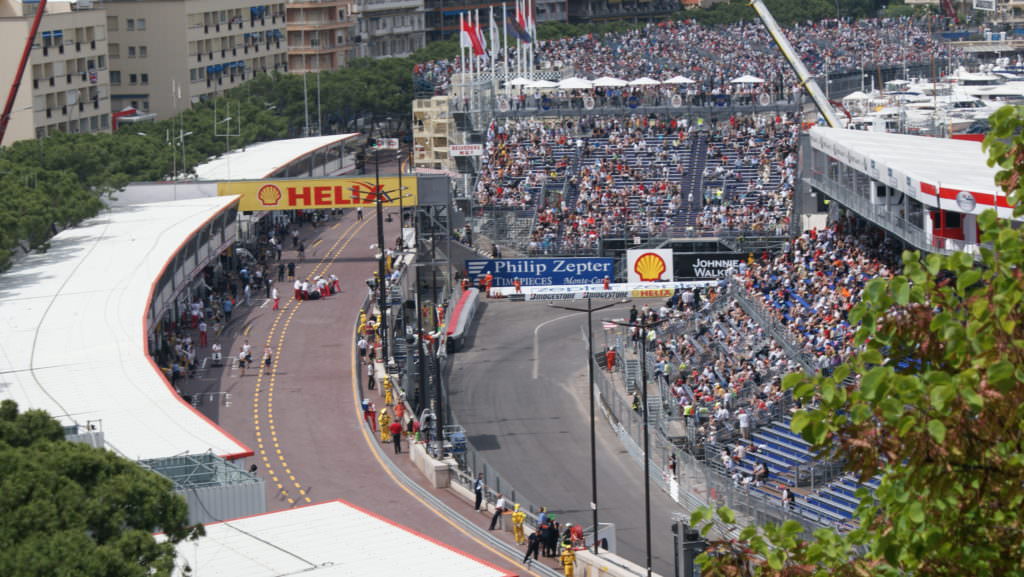
We hope you’ve enjoyed our guide to the Circuit De Monaco and the Monaco Grand Prix. As always feel free to give your thoughts and comments over at the holy trifecta of social media; twitter, facebook and instagram.
If you’re a huge fan of the Circuit De Monaco and just can’t get enough, don’t forget to check out our special tribute print to the track over here. Guaranteed to look stunning on any F1 fans wall. Join us next time in the magazine where we will be taking a look over the famous Circuit Gilles Villeneuve.
If you're still not satisfied and are thirsting for more car content, check out how you can get 12 TOTALLY FREE wallpapers for your phone, tablet, desktop, laptop or whatever gadget you desire! Available below right now! See you next time.


